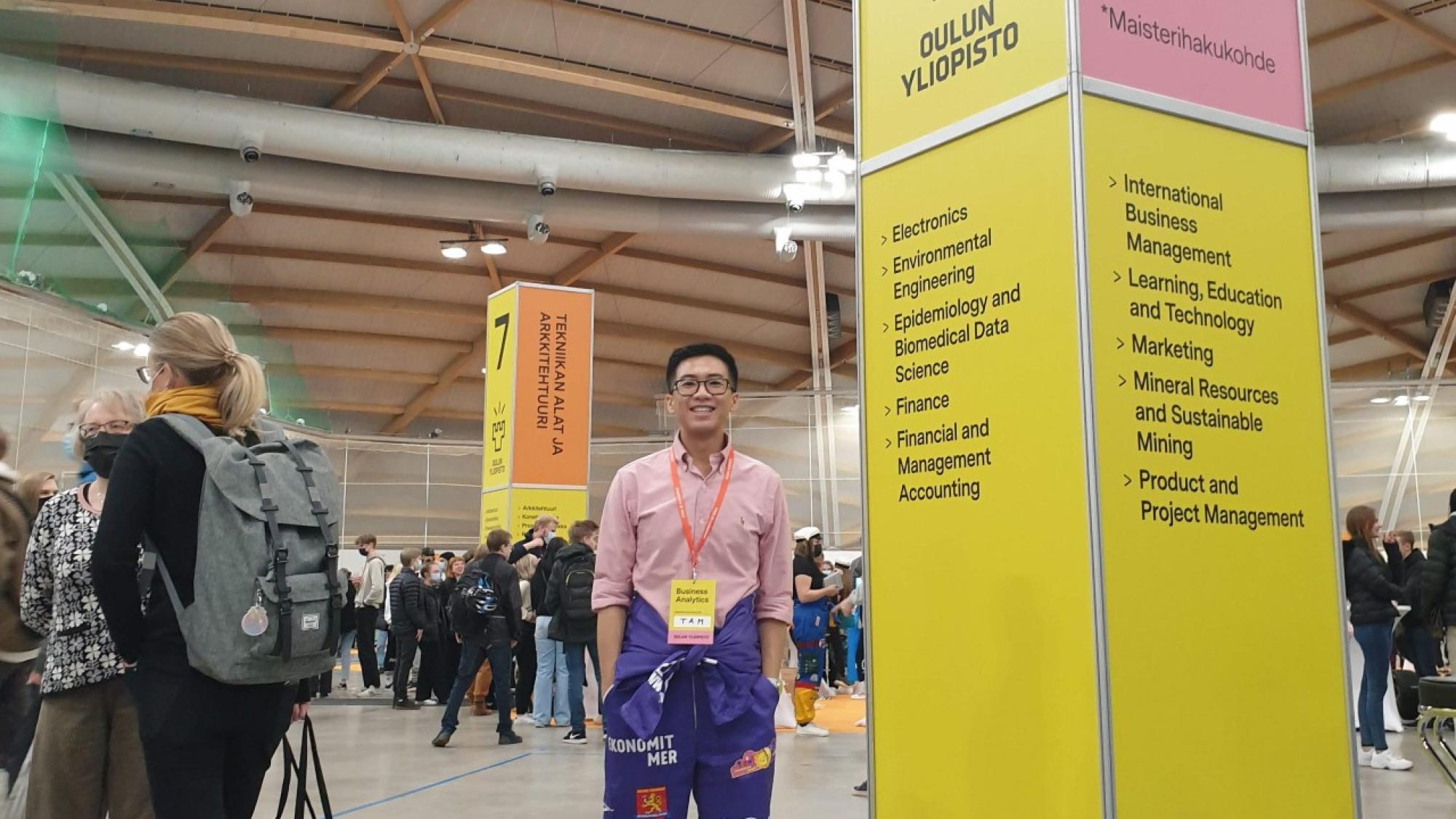Business Analytics programme and the practical skills it offers

The programme is special in a way that though it has one name, it belongs to two faculties; Oulu Business School and Faculty of Information Technology and Electrical Engineering and leads to three possible degrees: Master of Science (Economics and Business Administration) or Master of Science (Technology) or Master of Science.
All the students will have common courses during the first year, and specialised courses in the second year. Depending on the area that the students initially applied for, either business- or technical-focused, they will have suitable courses to choose from. Hence, in this blog, I will share my experiences from the point of view of an Oulu Business School student.

Following the orientation week, which is a great opportunity to get to know other students, the campus, and the city, students start the academic year studying digitalisation, data mining and business analytics fundamentals. Throughout these courses, students will learn about digital transformation, information systems in general, introductions to data mining and the tools (RStudio and Matlab), and what business analytics is about and its applications.
From the second period onwards, students will start hands-on projects and courses. The Statistical Methods for Business Analytics course provides the tools for conducting quantitative research with SPSS and MPlus. The Data Modeling and Design course teaches modern database solutions, data schema, and data warehouse as well as knowledge of SQL, NoSQL and NewSQL.
Students can learn about business management software, also called Enterprise Resource Planning – ERP, during the Enterprise Process Planning course. Business Intelligence: Applications and Projects equips students with the knowledge of business intelligence and the current tools that most of the corporates use in practice – for example, Tableau, or PowerBI.

Towards the end of the academic year, students will learn how to combine theoretical knowledge and practical skills learned by conducting a 2-period long project called Capstone Project I and Capstone Project II.
This brings the opportunity for students to work with local companies and solve actual business problems, from start to finish.
I find the project very informative and practical. I learned a lot about the local business scene, and project management skills, from how to gather data to how to process, analyse, and extract information and insights so that we can propose solutions to the given questions.
About the author
Tam Truong is from Vietnam and is studying Business Analytics at the University of Oulu. He has been living in Finland for over 6 years and is a true sauna lover!